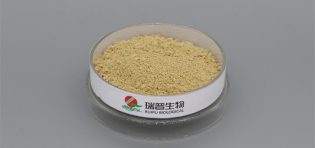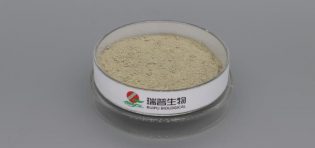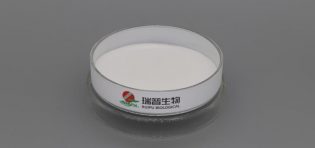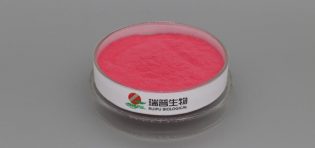
Identifying the quality of calcium citrate malate (CCM) involves a combination of physical, chemical, and sensory assessments.Here are methods and considerations for evaluating the quality of calcium citrate malate:
Chemical Analysis:
Calcium Content: Use analytical methods, such as titration or atomic absorption spectroscopy, to determine the calcium content.Compare the measured calcium content to the declared content on the product label.
Citric Acid Content: Assess the citric acid content using methods like titration or high-performance liquid chromatography (HPLC).Ensure it meets the specified standards.
Purity: Perform tests for impurities, such as heavy metals, using appropriate analytical methods. Ensure that the levels comply with regulatory guidelines.
Particle Size and Appearance:
Particle Size Distribution: Evaluate the particle size distribution using techniques like laser diffraction or sieving.This can impact the product's solubility and bioavailability.
Appearance: Assess the visual appearance of the CCM, checking for color, uniformity, and absence of foreign materials.
Solubility:
Solubility Test: Dissolve a known quantity of CCM in water at a specified temperature and assess its solubility.High solubility is desirable for better absorption.
Microbiological Analysis:
Microbial Contamination: Perform microbiological testing, including total plate count, yeast, mold, and specific pathogen tests to ensure the absence of microbial contamination.
pH Measurement:
pH Value: Measure the pH of the CCM solution to ensure it falls within the specified range.This parameter can influence the product's stability and bioavailability.
Taste and Odor:
Sensory Evaluation: Conduct sensory tests to assess taste and odor.Calcium citrate malate should have a neutral taste and be free from off-flavors or odors.
Identification Tests:
Infrared Spectroscopy (IR): Use IR spectroscopy to confirm the identity of calcium citrate malate by comparing the obtained spectrum to a reference spectrum.
X-ray Diffraction (XRD): Employ XRD to identify the crystalline structure of calcium citrate malate.
Packaging and Labeling:
Review Packaging: Assess the quality of the packaging material, ensuring it protects the product from light, moisture, and contaminants.
Label Verification: Verify that the product label includes accurate information regarding composition, recommended usage, storage conditions, and any relevant certifications.
Compliance with Standards:
Regulatory Standards: Ensure that the calcium citrate malate complies with regulatory standards for dietary supplements or food additives in the relevant jurisdiction.
Third-Party Testing:
Independent Testing: Consider engaging third-party laboratories for independent testing to verify the quality of the product.
It is advisable to follow official compendia methods (e.g., USP, EP) and industry standards when conducting quality assessments.Additionally, consultation with qualified professionals and adherence to regulatory requirements is essential for accurate quality evaluation of calcium citrate malate.








